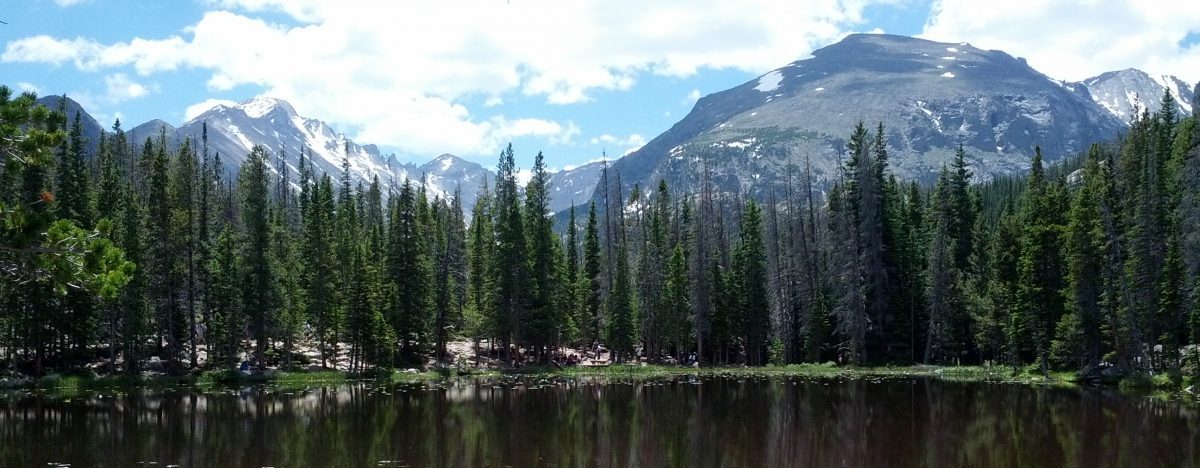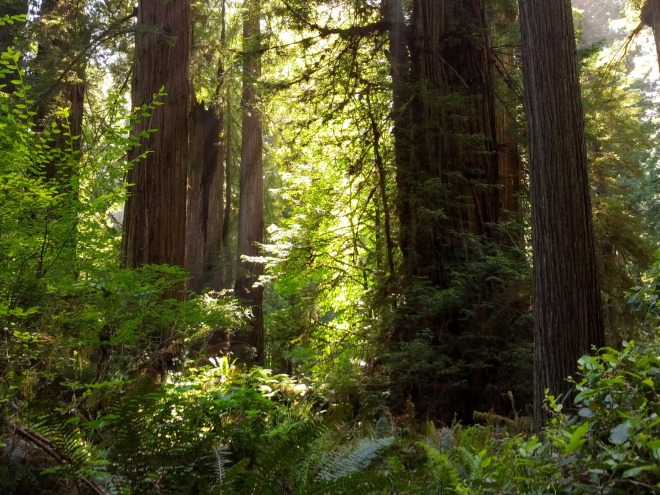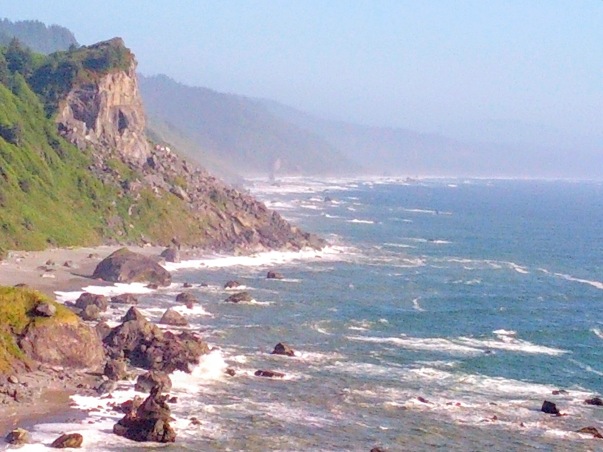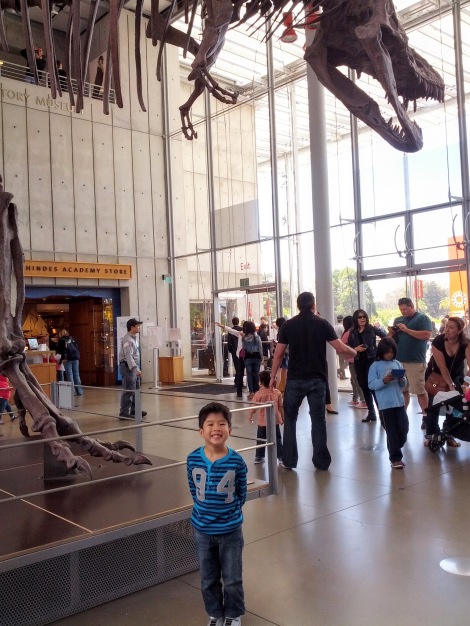The countdown for our summer trip is on! Adding to our excitement, we recently learned that we were granted a 4-night permit to backpack 41-mile Rae Lakes Loop in Kings Canyon National Park. After visiting Sequoia/Kings Canyon and Yosemite in 2014, we’d hoped to return to explore the beauty of the High Sierra someday. We’re thrilled to finally have the opportunity to backpack both Rae Lakes and a 31-mile segment of the John Muir Trail this summer! Wilderness permits were even more competitive than I’d anticipated: with only 40 people allowed to enter the trail per day, we emailed our application in one second after the 12 am opening for permit applications for the season and didn’t receive our first choice route. It’ll mean hiking Glen Pass and Rae Lakes in a steeper counter-clockwise direction, but I have no doubt that the achy quads will be well worth the pain.


With wilderness permits and campsite reservations out of the way, our focus has shifted to food. Namely, how do we plan and execute meals for a 7,000-mile road trip with 20 nights of backpacking and 20 nights of car camping? Factor in 1) flying in from Hawaii with backpacking gear and 2) renting a compact car, and the challenge becomes clear. Space and weight are at a premium, as are time and money. Throw in food preferences and dietary sensitivities, and the challenge compounds. Your food considerations may differ, and that’s okay. My intent is not to push some personal agenda, but rather to consider the factors driving our decision and share some food ideas that I hope you might find useful wherever your travels may lead you.
Space: With backpacks holding our clothes, tents, and camping gear, any remaining items must fit into 2 carry-on suitcases when we fly. Are additional or larger suitcases options? Sure. But each additional suitcase means less space in an already compact trunk and more luggage to keep track of at the airport and on the road. In an effort to keep our packs manageable, we’ve streamlined our travel wardrobes: 3 short-sleeved tech/merino tops, 1 long-sleeved performance top, 2 pairs hiking pants, 2 pairs of sock liners, 3 pairs of socks, 1 thermal base layer set, 1 fleece pullover, 1 rain jacket, and 1 puffy per person. I realize this list may sound austere for 45 days, but handwashing clothes nightly saves us space and weight, enabling us to dedicate 2 carry-on suitcases to food…which brings us to factor #2.

Whole Food/Dietary Preferences: Could we exclusively purchase fresh whole food on the road and keep everything chilled in a cooler? In theory, yes. But experience has taught us (and again, this is just us) that buying a hard-sided cooler upon arrival means spending inordinate amounts of time and money on ice maintenance. Our itinerary has us in the desert for three weeks, and keeping raw chicken and eggs cold in triple-digit heat is a tough proposition without a Yeti (it’s on our wish list, though!). Entirely possible–but not something I’m keen on focusing my energy on.
Without refrigeration, our food options are limited. There’s processed/canned food, oft vilified but not without its merits: shelf-stable, convenient, and imminently available. This is not insignificant considering that the bulk of our itinerary will take us through small towns with limited grocery availability. But while I’m not opposed to an occasional processed meal (I crave junk with the best of ‘em!), I know from experience that extended junk consumption affects my mood, performance, and morale. Similarly, our standard salami and cheese hiking fare tends to weigh me down after 2 weeks. For an extended 45-day trip, I wanted to stick closer to our everyday protein staples–nuts, beans, hummus, chicken, fish, and tofu. I also wanted to maintain our veggie and fruit intake and limit MSG and processed items.
But how to circumvent the lack of refrigeration? DIY dehydrated meals sounded ideal, but with zero backpacking opportunities here on Oahu, the investment vs. return in terms of startup costs (dehydrator, vacuum sealer, O2 absorbers, mylar bags, etc) would leave us in the red for a few years. Freeze-dried food began to pique my interest.

Time and Money: For better or worse, being a compulsive itinerary-crammer means we’re often scrambling to find grocery stores and shopping under the gun in order to maximize time at destinations. And while I’ve mentioned that it’s important for us to limit expenses by cooking meals on vacation, what I didn’t mention is this: I enjoy cooking at home, but I don’t love cooking on vacation, especially after a long day of hiking. I love that other people enjoy gourmet experiences in the backcountry, but I’m not fond of fiddling with ingredients and spices on the trail. Chopping and cooking when tired is a surefire recipe for one hangry mom!
Fortunately, companies like Mountain House and Backpacker’s Pantry offer delicious freeze-dried meals with just-add-boiling-water convenience and significant time and fuel savings. They’re shelf-stable, lightweight, and compressible, making them ideal for bear canister storage as well. However, that convenience comes with a hefty price tag. At over $6 per person, I couldn’t justify the cost for 20 nights, let alone 45. I wasn’t keen on the high sodium content and additives, either. DIY freeze-dried meals started sounding like a more viable option for us.
Backpack Space and Weight: Finally, we have several 3-5 day treks that require bear canisters (space). Given the base weight of packs and gear (20 lbs for adults, 10 for kids), we anticipate 20-35 pounds per person with food. With the kids under 90 lbs each, we wanted to keep our food as light as possible. DIY freeze-dried meals seemed to offer the best opportunity for lightweight, shelf-stable, mostly healthy food with time and money savings.

Luckily for us, there’s a wealth of DIY freeze-dried meal information to be found online! Most sites recommend assembling freeze-dried/powdered ingredients in freezer bags for ease of “cooking” (add boiling water and seal for 5-10 mins), so we’ll likely be going that route in addition to simply rehydrating meals in a communal pot.
Are there drawbacks to freeze-dried food? Absolutely. For one, freeze-dried ingredients are not readily available in retail stores. For us, this meant having to plan and order 6.5 weeks worth of food months in advance. The upside, however, is that I was able to scour Amazon and wait on the best deals. Ordering food in advance also gave me an accurate handle on our food costs–a budget area that’s generally grayer than I’d like for trips. Also, there’s no denying that freeze-drying is a type of processing in and of itself, and natural/organic options are limited. The whole grains and fiber we crave don’t always translate, either, but I’m okay with these tradeoffs. Will we still be stopping to pick up fresh fruits and veggies weekly? Definitely. Will we break down and buy a cooler at some point? Very probably. Does our menu include processed food? Some. But I feel satisfied knowing that the bulk of our food needs are covered in a way I’m mostly comfortable with.
Road Trip 2017 includes menu items like: (* indicates freeze-dried/powdered items)
- BREAKFAST
- Granola, blueberries, and powdered milk/soy milk*
- Oatmeal with blueberries, walnuts, and chia seeds*
- Scrambled eggs*
- Tortillas with eggs, bacon and cheese*
- KIND bars, Larabars, ProBars and the like

A sample of our breakfast items: cheese powder, egg powder, peanut butter powder, powdered milk, freeze-dried blueberries, single-serve SPAM and Nature’s Path Oatmeal. We also ordered powdered soy milk and will buy granola once we arrive.
- LUNCH (we prefer not to cook at lunch; when we’re not backpacking, lunch also includes whole fruit)
- Whole wheat/spinach tortillas or bagels with pouch tuna or chicken
- Seeded crackers with pouch tuna or chicken
- Pita and hummus with cucumber, carrots, bell peppers
- Whole banana rolled in PB whole wheat tortilla
- PB with seeded crackers/pita/tortilla* and veggie sticks
- Hummus and seeded crackers with veggie sticks
- Bagel with pouch salmon and cream cheese
- Pita with tomato paste, pepperoni, and cheese
- Trail mix alone or eaten with PB, Honey Stinger waffles

Some lunch protein options: dehydrated refried beans, peanut butter powder, shelf-stable hummus, PB/almond butter packets. We’ll pick up seeded crackers, tortillas, and tuna/chicken/pepperoni after we land
- DINNER (based on personal taste preferences)
- Parmesan couscous or cheesy polenta with chicken and veggies*
- Refried beans, rice, and cheese (with/without tortillas)*
- Angel hair pesto pasta with chicken and veggies*
- Soba/udon noodles in miso broth with shiitake, shelf-stable tofu and wakame*
- Mock fried rice with veggies and chicken*
- Peanut rice noodles with chicken and veggies*
- Jambalaya with chicken, rice, and summer sausage*
- Curry couscous with chicken and veggies*
- Thai/Japanese curry with shelf-stable tofu, veggies, and rice noodles*
- Orzo n cheese with broccoli and tuna*
- Chili chicken rice with veggies*

A sampling of our dinner ingredients: freeze-dried chicken, freeze-dried veggies, udon noodles, natural chicken base, freeze-dried cilantro, Sriracha, soy sauce, peanut butter, non-MSG fried rice seasoning blend, tonkatsu sauce for flavor 
Also on the dinner menu are: refried beans, wakame, miso paste, and spring roll rice wrappers or rice noodles (whichever is available once we land). All starches, shelf-stable tofu, and summer sausage will also be purchased after we land
We’ll supplement daily with hardier veggies and fruits that can withstand backpack and car wear-and-tear sans refrigeration. Thankfully, carrots, sugar snap peas, celery, cucumbers, bell peppers, apples, oranges, pears, and bananas all fit the bill here. We’ll buy yogurt where available to keep our digestive tracts humming. Also, gross as it may seem, you know the menu has to include at least a little SPAM as an homage to our island roots. 😀 Fresh shrimp/sausage/corn hobo packets on market days and Idahoan Loaded Potatoes in the backcountry are also likely to make a dinner appearance or two. All things in moderation, right?


Many of our dinner recipes were inspired by freeze-dried meal recipes found on Pinterest. If you decide to go the DIY route, I highly recommend testing recipes at home first. Some ingredients and recipes took much longer to rehydrate than advertised–a definite problem at altitude with limited canister fuel. Others required flavor tweaking (again, just a matter of personal preference) or involved fiddly steps like mixing and frying dough (not my jam, but I bet a lot of people love it!). Testing recipes was also a tasty and fun solution for gauging proper portion sizes for our family. And for those who’d prefer to forgo freeze-dried ingredients altogether, substituting tuna or chicken pouches in place of freeze dried chicken is always an option, as is substituting pre-flavored sides, such as Near East Couscous, Annie’s Mac n Cheese, or Thai Kitchen noodles for any of the starches.
My biggest food tip? Save condiment packets! They’re lightweight, easily packable, shelf-stable, and add infinite variety to your backpacking and camping meals. Here’s a short list to get you started:
Condiment Ideas:
- Ketchup
- Mustard
- Relish
- Salt and pepper (Available at diners, movie theaters, and gas station food marts)
- Mayonnaise (Less readily available–I found these at theaters and gas station food marts)
- Soy sauce (Chinese/Japanese takeout)
- Hot sauce (Sriracha, Tapatio, Tabasco, etc.; I found Sriracha on Amazon, and minimus.biz is another good resource for condiments)
- Taco sauce (think Taco Bell or Jack in the Box)
- Salsa (sometimes served with breakfast burritos)
- Tonkatsu sauce (sometimes available in Japanese bento)
- Jam/jelly (many diners carry these; my sister found them consistently at Denny’s)
- Honey (this one’s harder to find in packet form except for places like KFC or Popeye’s, but it’s readily available in organic straws off Amazon)
- Sweet and sour sauce/ BBQ sauce/Ranch/Honey Mustard/Sweet Chili containers (this one’s pretty specific to McDonald’s and other fast food places that serve chicken nuggets)
- Olive Oil (I ordered these off Amazon to boost calories as needed)
- Syrup (fast food breakfast chains are your best bet)
- Red pepper packets/parmesan cheese (pizza/Italian takeout)
- Hot mustard (Chinese takeout; Panda Express has a lot of these)
- Wasabi (from sushi or poke takeout)

Small sample of seasonings and condiments: non-MSG dashi powder, Creole seasoning, natural chicken base, tomato powder, freeze-dried cilantro, Sriracha, hot mustard, yellow mustard, jelly, ketchup, relish, soy sauce, mayo, and taco sauce.
With the help of family and friends, we’ve been lucky to amass a nice condiment haul over the last few months. Fortunately, freeze dried food compacts well, leaving plenty of space for condiments in our 2 carry-ons. And anything that helps us stay on track for cooking our own meals helps to save time and money in the long run. For example, even though we’re fried rice fanatics, the mock fried rice we tested left us less than wowed. We found ourselves craving the oyster sauce umami punch that soy sauce alone lacks. Down the line, this might lead to abandoning the meal altogether for costlier restaurant fare or processed items. Adding hot mustard and soy sauce to the mix, however, instantly made the rice more interesting. And a packet of sriracha changed the flavor profile completely! With a few condiment packets and a little imagination, it’s possible to elevate any meal from ho-hum to crave-worthy. So, save those condiment packets–they definitely come in handy!
Do you have a favorite camping or backpacking meal? I’m always looking for new food ideas…I’d love to hear about your favorite food strategies and tips for camping and/or road trips!





































































































































































































































































































